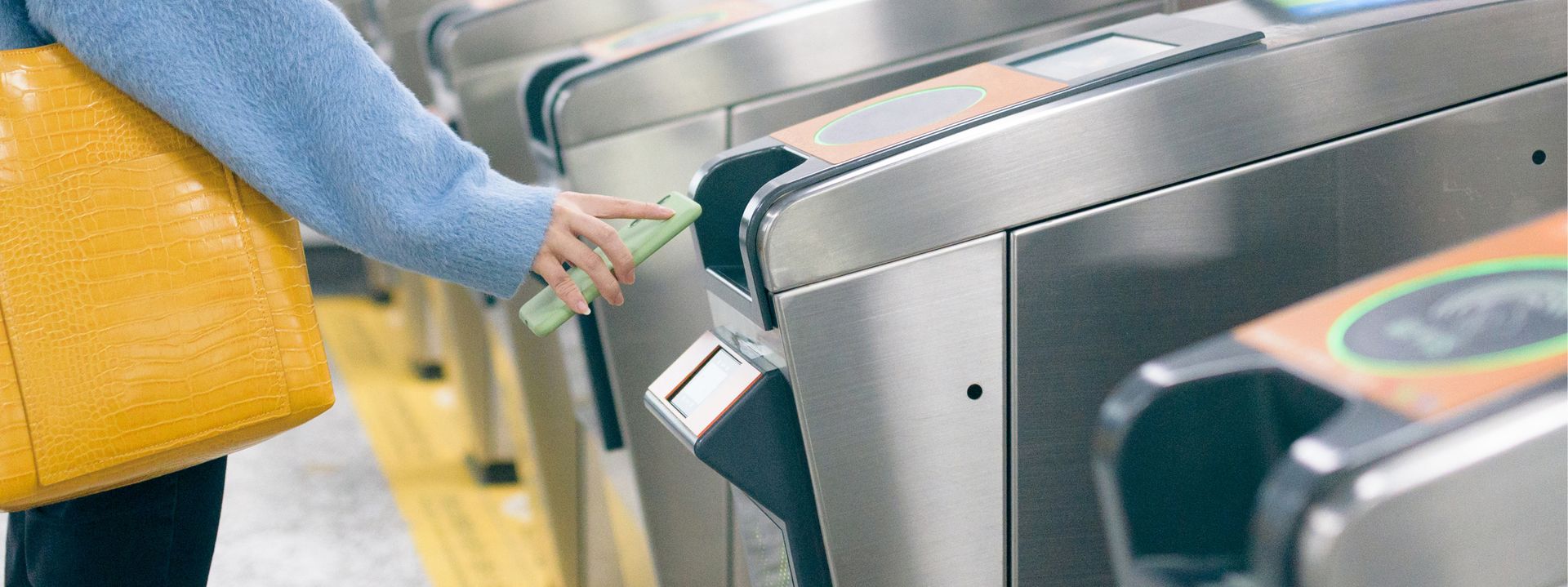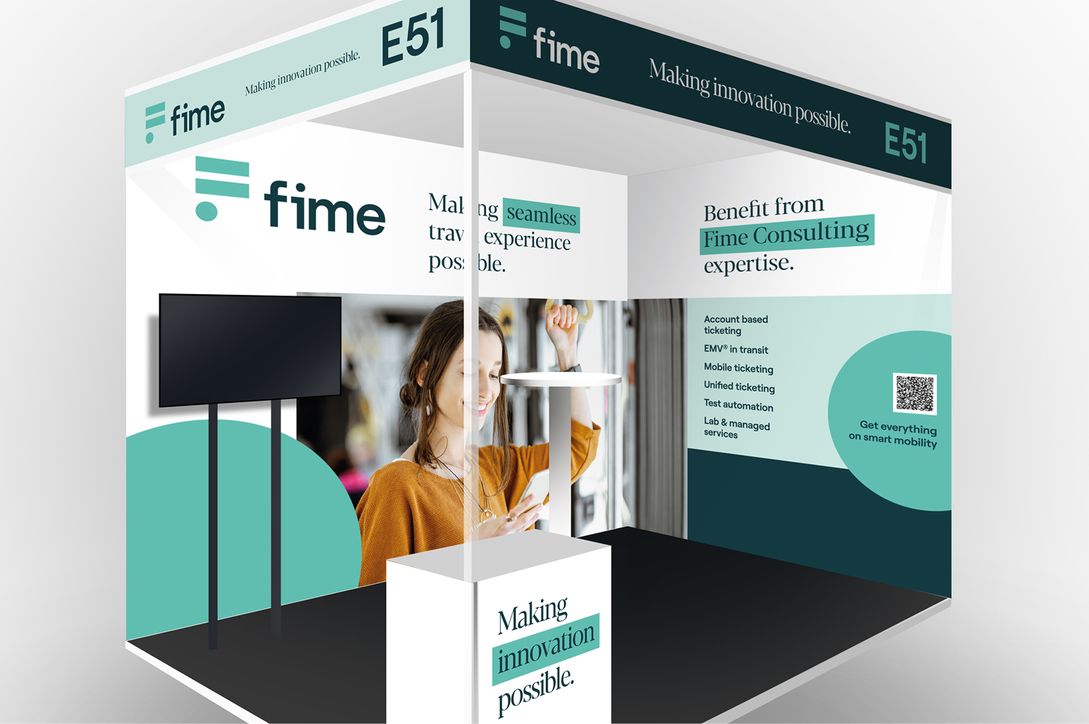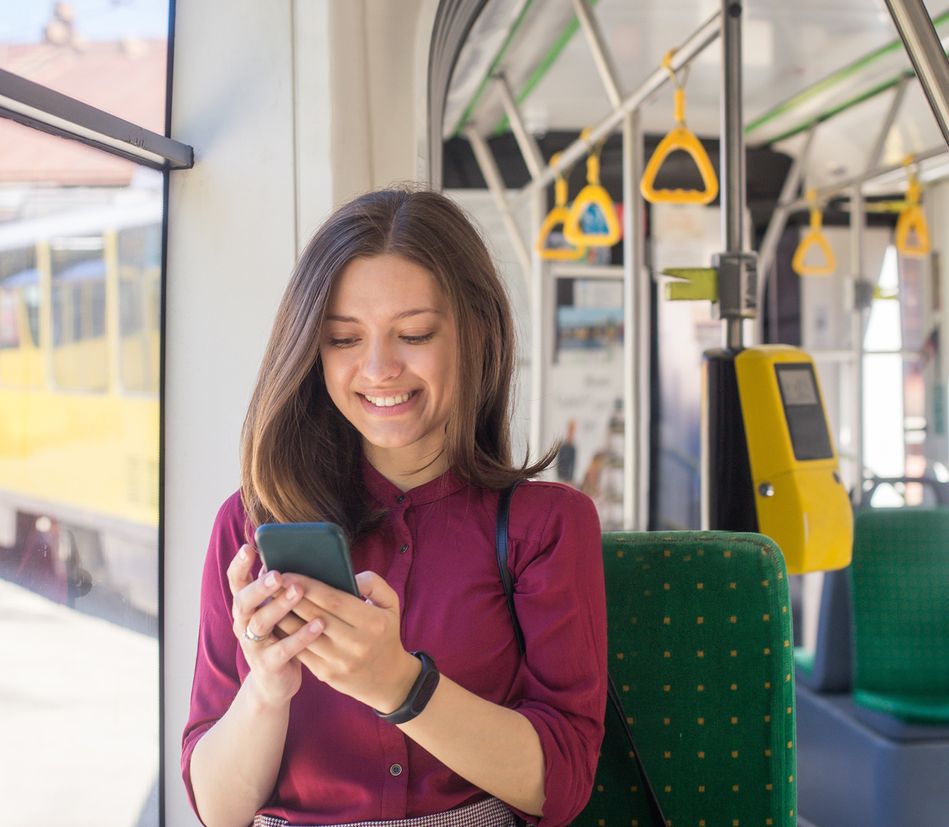Technology has transformed the way we pay, and transport ticketing has been an integral part of this journey. From the magstripe tickets of the mid-1990s to the contactless NFC solutions we see today, ticketing solutions have radically evolved. Today’s commuters demand flexibility, simplicity and ease of use more than ever. Public Transport Operators (PTOs) and Public Transport Authorities (PTAs) must be able to meet these needs to maintain public transit’s appeal.
Smart mobility offers a way to meet these expectations, going beyond merely giving passengers a way to get from stop A to stop B. It instead seeks to create interoperable transport networks, incorporating new fare media and efficient planning.
Meeting the needs of customers and building trust with PTOs and PTAs is integral for the success of any ticketing and payment solution provider. So, creating the right system for the right network is crucial. But how can this dream of seamless smart mobility be realized? This blog explores key considerations for creating and deploying smart mobility solutions.
Different networks, different needs.
Each transportation network is unique, however, with different governance models, budgets, upgrade plans and passenger expectations, as well as a host of other variables. For example, the requirements of commuter-focused networks are very different to those of tourism- or event-driven networks. This context determines strategies and impacts how players from both the private sector and the public organizations they work with approach a solution. However, this focus on the passenger must extend beyond considering merely the reason passengers are travelling.
For any transport to truly be public, it must be inclusive, taking into account the needs of all passenger groups. Advancements in ticketing offer a real opportunity to engage customers and heighten the user experience through developing interactive and dynamic fare media. Currently, the most versatile fare media is the mobile phone. As fare media transitions to be increasingly digital, mobile ticketing and contactless payments are becoming ubiquitous. This trend risks excluding unbanked or non-digital passengers, though. A truly outstanding deployment ensures that no demographic is excluded.
Managing the system.
As well as having a diverse passenger base, many networks also have multiple disparate legacy systems in different modes following decades of gradual growth. This means that any successful deployment must be able to integrate seamlessly into incumbent networks. Ticketing systems must be better and faster than their predecessors without breaking the bank. Furthermore, political and regulatory constraints can be just as important as budgets. Any procurement agenda must account for factors such as network requirements for in-person kiosks or ticketing vending machines.
Operators or authorities must also carefully consider how they procure transport ticketing solutions. Standardization and scalability are paramount for a long term – and staged - modernization. The wrong strategy can lead to a network being tied to a solution that does not fit its needs for decades, with little room for agility and evolution. Avoiding vendor lock-in is crucial to creating an open ticketing network that is resilient and flexible to future market trends. Exemplary procurement strategies divide the scope of work into more manageable functional and operational stages. This can lead to greater competition, cost savings and collaboration between providers.

Clarity at every stage.
The move towards ticket modernization provides a good opportunity to adapt governance models and fare strategies to ensure they continue to meet future challenges in transportation. It is important that they are designed to ensure resilience and business continuity in a crisis, such as the COVID-19 pandemic. Before the procurement phase starts, it is a perfect opportunity to review the stakeholders map, roles and responsibilities, to reinforce the success of a ticketing solution upgrade.
Since the emergence of automated fare collection (AFC), networks have become silos of data ownership. Even though data gives PTOs and PTAs the opportunity to track the precise usage of routes across a network, as well as passenger behaviors, legacy IT architectures can delay innovation. If this data is used properly, it can be used to enhance the quality of services to improve the end-user experience. By taking a modular approach to designing software, these methods can bring agility to changing customer needs and demands. As these modules are easily replaceable, deployments can follow a phased roadmap that reflects the complexity of integration.
Finally, business transformation and the move towards modernization will put the workforce at the center. Clear communication to all employees on the benefits for all users enables successful deployments and ensures effective uptake. The new strategy will provide staff with a chance to learn new skills and contribute to their career progression.
Supporting outstanding deployments.
Every project has its own unique requirements, and the foundation of any outstanding deployment is alignment between stakeholders and passenger demands. While remaining within budget, transitioning to a rewarding and problem-solving approach is a challenging but necessary evolution that will reduce friction between stakeholders.
Ticketing modernization brings new user experiences. Clear communication on the changes and improvements, as well as support and education for users is a keystone for success. Engaging with users increases the quality of service and customer satisfaction, which demonstrate the importance of transformation to all stakeholders.
Through working with Fime, PTOs and PTAs can rely on a trusted, independent partner to help navigate the potential pitfalls. Fime’s consulting support helps networks select the right technology to create and integrate modern, future-proof ticketing.
Contact us now to learn more about how Fime can help you build your smart mobility network.
Meet us at TTG 2022.


